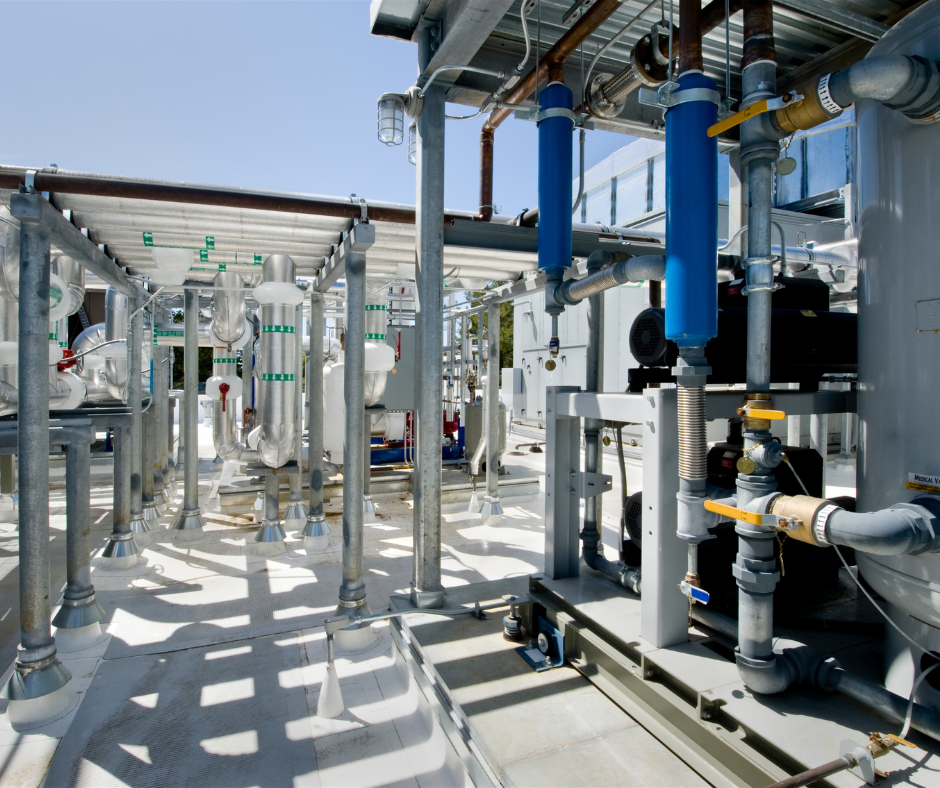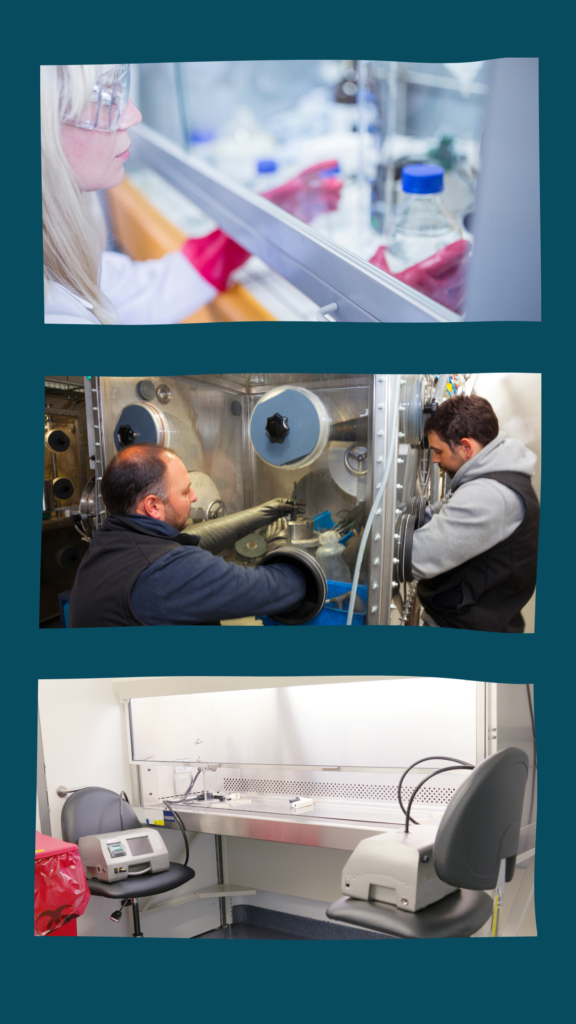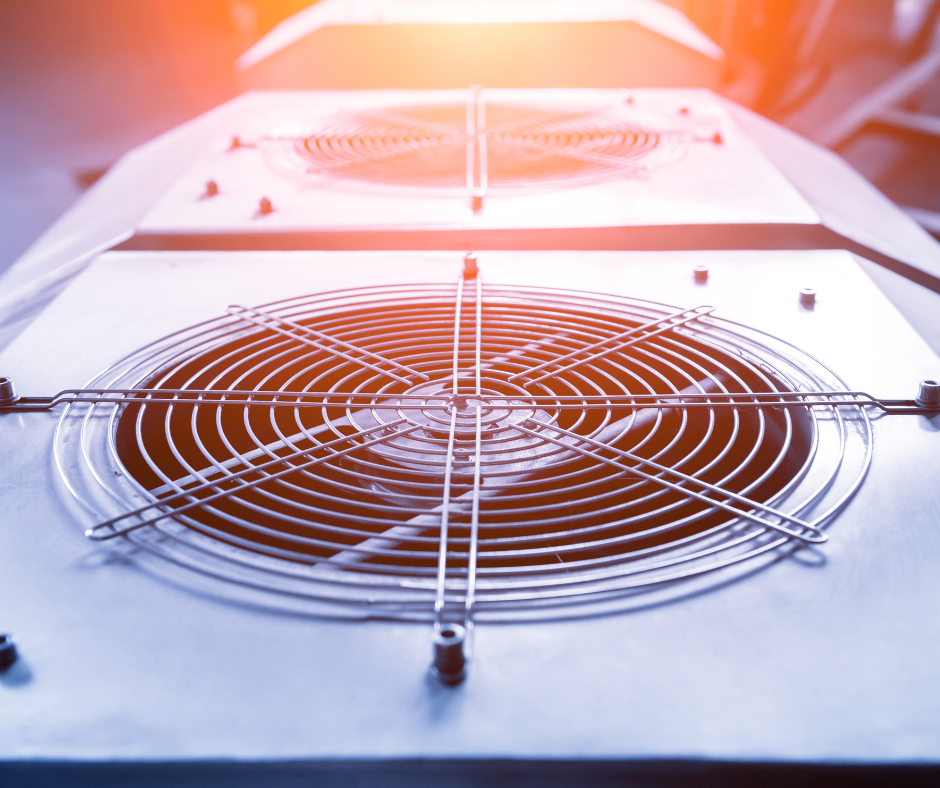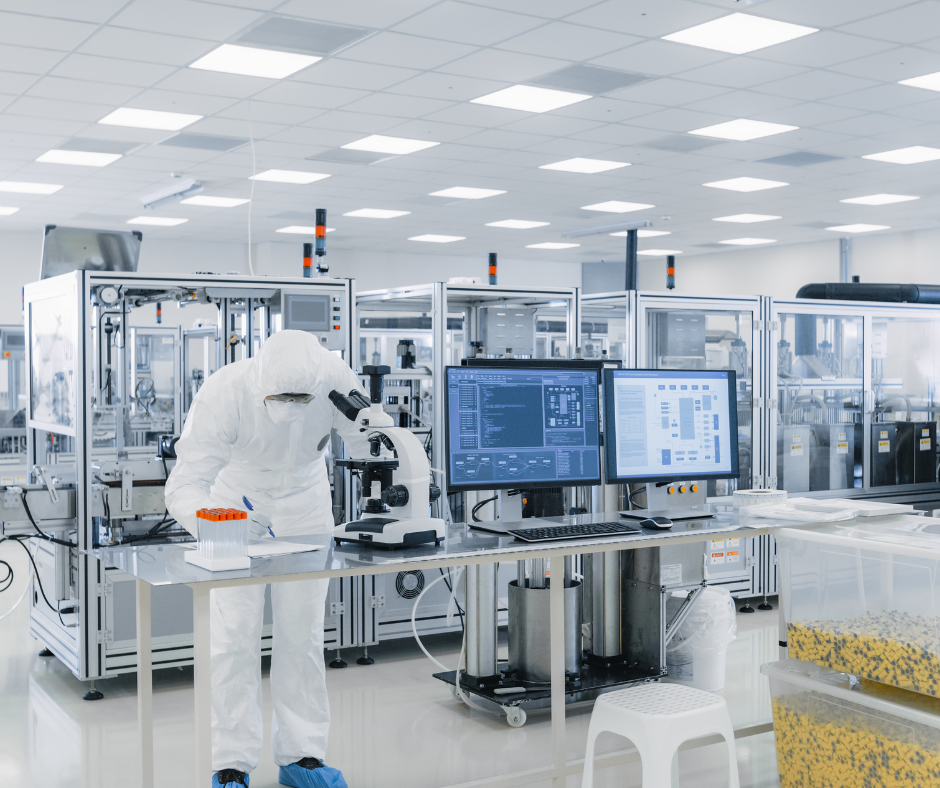In laboratory settings, airflow management plays a vital role in ensuring the safety of personnel, maintaining equipment functionality, and obtaining accurate experimental results. By implementing proper airflow control, labs can effectively reduce contamination risks, safeguarding the purity of sensitive experiments and upholding the integrity of research outcomes.
Well-regulated airflow also helps maintain optimal temperature and humidity levels within the laboratory, creating a comfortable working environment for scientists and preventing fluctuations that could affect the reliability of experiments. Furthermore, efficient airflow management contributes to energy optimization, allowing laboratories to minimize energy consumption and reduce operational costs. Various strategies and technologies can be utilized to create a safe and productive working environment.
The Importance of Airflow Management
Controlling Contaminants
Maintaining proper airflow management prevents the spread of airborne contaminants such as hazardous chemicals, pathogens, and volatile organic compounds (VOCs). By minimizing the dispersion of contaminants, airflow management reduces the risk of personnel exposure, safeguards sensitive experiments, and preserves the integrity of research outcomes.
Temperature and Humidity Regulation
Airflow management plays a crucial role in maintaining consistent temperature and humidity levels throughout the laboratory. Stable environmental conditions are essential for experiments involving sensitive samples, ensuring equipment functionality, and providing a comfortable working environment for laboratory personnel.
Energy Efficiency
Implementing efficient airflow management strategies can optimize energy consumption by reducing unnecessary air exchange rates. Energy-efficient airflow systems contribute to sustainability efforts and result in cost savings for laboratories.
Strategies for Effective Airflow Management
HVAC System Design
A well-designed heating, ventilation, and air conditioning (HVAC) system is paramount in ensuring optimal airflow management within laboratory environments. When designing the HVAC system, it is essential to consider a range of factors that contribute to the specific needs of the laboratory. These factors include the size of the room, the number of occupants, and the specific requirements of the experiments conducted within the space.

Size of the Room
Room size plays a crucial role in determining the capacity and distribution of the HVAC system. Proper ventilation and air exchange rates must be calculated to ensure that the entire laboratory space receives an adequate supply of fresh, filtered air while maintaining appropriate temperature and humidity levels. By accurately assessing the room size and applying the necessary calculations, the HVAC system can be designed to effectively meet the laboratory’s airflow requirements.
Number of Personnel in the Laboratory
Occupancy is another critical factor in HVAC system design. The number of personnel working within the laboratory influences the airflow rates needed to maintain a healthy and comfortable environment. Higher occupancy levels typically necessitate greater ventilation rates to ensure sufficient air supply and prevent the accumulation of pollutants or stale air. Additionally, considering the movement patterns of laboratory personnel and their potential impact on airflow is crucial in optimizing the design of the HVAC system.
Accommodation of Special Circumstances
Experiment requirements introduce further complexity to HVAC system design. Certain experiments may require specific environmental conditions, such as controlled temperature, humidity, or even air quality. The HVAC system must be able to accommodate these specialized needs to ensure the success and accuracy of the experiments conducted within the laboratory. By taking into account these unique requirements during the design phase, the HVAC system can be tailored to provide the necessary conditions for a wide range of experiments.
Overall, a well-designed HVAC system customized to the specific needs of the laboratory ensures effective airflow management. By considering factors such as room size, occupancy, and experiment requirements, the HVAC system can provide an optimal working environment that promotes safety, comfort, and reliable experimental outcomes.
Containment and Isolation
To create a safe working environment, laboratories should prioritize the use of appropriate containment systems such as fume hoods, glove boxes, and biosafety cabinets. This specialized equipment plays a vital role in isolating potentially hazardous substances and ensuring the well-being of laboratory personnel.
Fume hoods are essential in laboratories where hazardous chemicals and volatile compounds are handled. These ventilated enclosures effectively capture and remove harmful fumes and gases, preventing their dispersion into the laboratory environment. Fume hoods consist of a movable sash or transparent barrier, allowing researchers to access the work area while maintaining a protective barrier against airborne contaminants. Regular maintenance and proper usage of fume hoods are crucial to their effectiveness in providing a safe working environment.
Glove boxes are another essential containment system commonly found in laboratories. These sealed enclosures allow researchers to handle materials and substances under controlled atmospheric conditions, ensuring both the protection of the user and the integrity of the samples.

Glove boxes provide a barrier against contaminants, preventing them from entering or leaving the enclosure. They are particularly useful when working with sensitive materials, such as air-sensitive compounds or samples that require strict moisture or oxygen control.
Biosafety cabinets, also known as biological safety cabinets or microbiological safety cabinets, are vital in laboratories where biological agents are manipulated. These cabinets provide a controlled environment that prevents the release of microorganisms into the laboratory and protects researchers from potential contamination. Biosafety cabinets typically employ high-efficiency particulate air (HEPA) filters to capture and filter airborne particles, ensuring a clean and safe workspace. They are classified into different types (Class I, Class II, and Class III) based on the level of protection provided.
Proper maintenance of these containment systems is essential to ensure their effectiveness. Regular inspections, calibration, and adherence to standard operating procedures are necessary to guarantee the integrity of the containment systems. Filters should be replaced as recommended by the manufacturer to maintain their efficiency in capturing contaminants. Furthermore, laboratory personnel should receive proper training on the correct use of these containment devices, including understanding the operating principles, maintaining cleanliness, and following appropriate safety protocols.
By incorporating and maintaining containment systems such as fume hoods, glove boxes, and biosafety cabinets, laboratories demonstrate their commitment to safety and the prevention of cross-contamination. These systems not only protect researchers from exposure to hazardous substances but also contribute to maintaining the integrity and validity of research results.
Differential Pressure Control
Differential pressure monitoring and control systems help maintain controlled airflow between adjacent areas, such as cleanrooms, storage areas, and experimental spaces. This prevents the migration of contaminants and ensures the appropriate direction of airflow in critical zones.

Ventilation Strategies
Laboratories have the flexibility to implement a range of ventilation strategies based on their specific needs. Two commonly employed approaches are general dilution ventilation and local exhaust ventilation, which can be utilized individually or in combination to optimize airflow management.
General dilution ventilation involves the continuous replacement of laboratory air with clean, filtered air. This strategy helps dilute and remove airborne contaminants by supplying a steady flow of fresh air throughout the laboratory space. The clean air introduced into the laboratory dilutes and reduces the concentration of contaminants, promoting a safer working environment. General dilution ventilation is particularly effective in large laboratory areas where a uniform distribution of fresh air is necessary to maintain optimal air quality.
On the other hand, local exhaust ventilation is specifically designed to capture and remove contaminants at their source. This strategy employs the use of specialized exhaust hoods or enclosures located close to the contamination-generating activities. These hoods capture the contaminants at their point of origin and then exhaust them safely out of the laboratory. Local exhaust ventilation ensures that potentially hazardous substances are contained and prevents their dispersion into the surrounding environment. This approach is especially beneficial when working with substances that are volatile and/or generate hazardous fumes.
In some cases, laboratories may opt for a combination of both general dilution ventilation and local exhaust ventilation to achieve comprehensive airflow management. This hybrid approach allows for a balanced and customized ventilation system that addresses the specific needs of different laboratory areas or experiments. For instance, general dilution ventilation can be employed in non-hazardous areas to maintain overall air quality, while local exhaust ventilation is utilized in areas where higher concentrations of contaminants are anticipated.
Advanced Technologies for Airflow Management
Airflow Visualization
Airflow visualization techniques, such as smoke testing, tracer gas studies, and airflow sensors, help identify potential airflow disruptions and dead zones within the laboratory. These technologies aid in optimizing airflow patterns and identifying areas for improvement.
Variable Air Volume (VAV) Systems
VAV systems adjust the airflow rate based on laboratory occupancy and demand. By reducing airflow during low-demand periods, VAV systems enhance energy efficiency without compromising safety or comfort.

Effective airflow management is essential for laboratories because it serves multiple important purposes. First and foremost, it ensures the safety of laboratory personnel, creating a secure working environment. Furthermore, proper airflow management helps maintain optimal conditions for experiments, safeguarding the accuracy and reliability of research outcomes. Another significant benefit is the reduction of energy consumption through the implementation of strategies like HVAC system design, containment and isolation measures, differential pressure control, and ventilation strategies. Also, the integration of advanced technologies such as airflow visualization and Variable Air Volume (VAV) systems further enhances the capabilities of airflow management. By placing a strong emphasis on airflow management, laboratories can enhance overall efficiency, elevate safety protocols, and elevate the dependability of their scientific research.
National Laboratory Sales is an Illinois-based company with over two decades of experience. Our mission is simple – we are dedicated to providing our clients with personalized service and innovative design solutions using premiere products. Whether you’re building a new lab or upgrading your existing one, you’ll find a remarkable selection of casework, workstations, fume hoods, and related lab products at National Laboratory Sales. Most of our items can be shipped quickly – in most cases less than two weeks. Contact us today.


